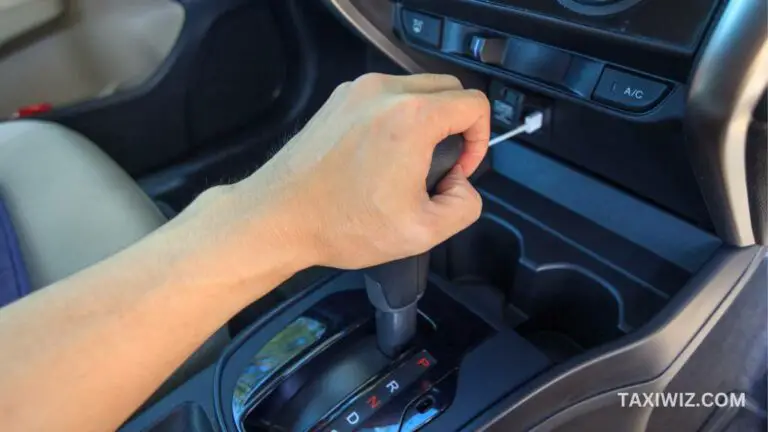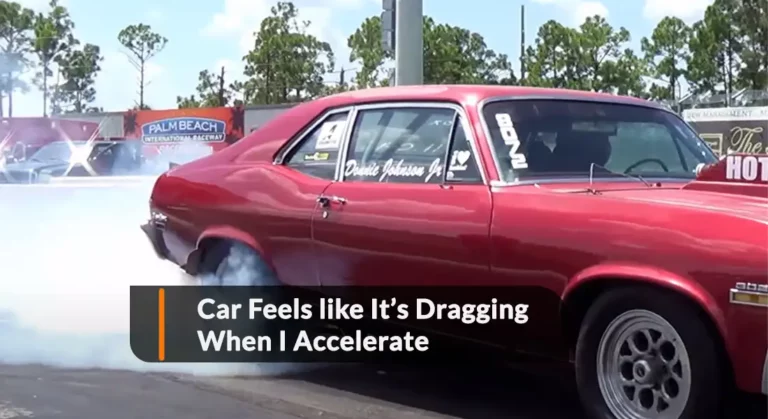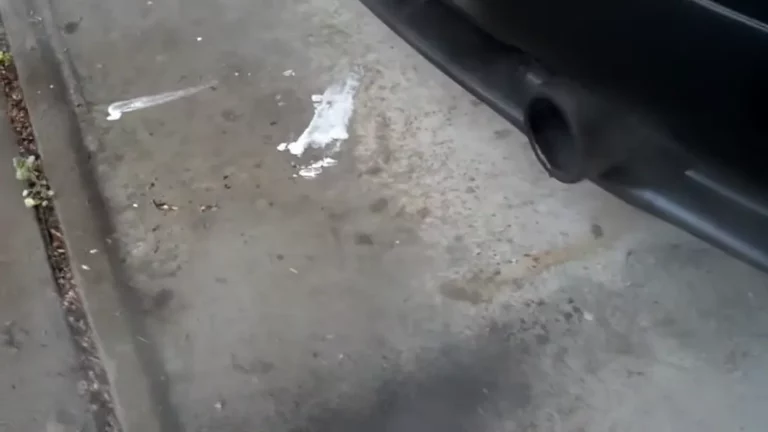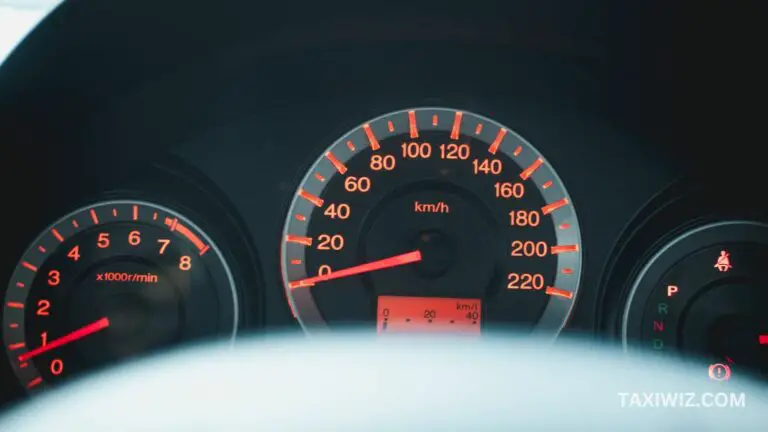Coolant Reservoir Boiling, But Engine Doesn’t Overheat? Causes & Solutions
You might have noticed your car’s coolant reservoir boiling over with bubbles and all, but the engine’s temperature is fine.
This typically happens if there is a leak in the –
- Radiator pressure cap
- Overflow tank
- Head gasket
- Water pump
Besides leaks in those components, there are other possible reasons as to why this can occur.
Even if the engine does not overheat, the coolant reservoir boiling over is not a good sign and you shouldn’t ignore it. Let’s look into the details of issues with the coolant and why it can boil, and ways to fix this problem.
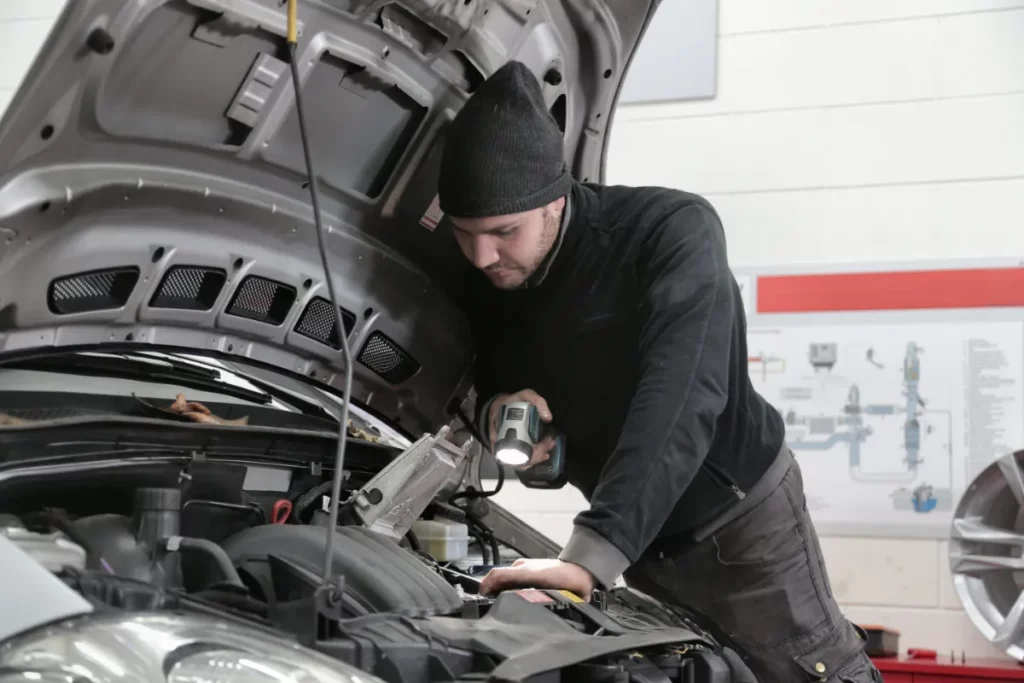
How to Know When Coolant Reservoir is Boiling
Although the coolant, also known as antifreeze fluid flows through secure pipes, sometimes air can still enter the system. The fluid itself runs through the pipes at very high pressure. So when air enters the pipes in any way, it disrupts the flow of pressure and leads to bubbles forming.
Here are some ways you will know that the antifreeze reservoir is bubbling:
Steam Under the Car Hood
When raising your car hood, you’ll notice small droplets of steam underneath it. It will look similar to a pan lid when you’re boiling water on a stove.
Car Hood very Hot to Touch
Along with steam, the car bonnet itself will feel extremely hot when you touch it. But the engine itself won’t overheat at this point.
Engine Power Decreased
You will notice a significant decrease in the power of the engine. While everything else in the car’s functioning might seem fine, the engine’s power will appear to decrease suddenly.
The Hot Smell from Vents
The vents will produce a hot, burning smell. It is unlike the typical fuel-like smell that comes from normal exhaust.
Boiling Water Sounds Coming from the Engine
The engine block will become hot and this causes the oil to get thin in consistency. As it is heated up, the oil starts to boil and it will sound like boiling water coming from the engine.
Reasons for Coolant Reservoir Boiling Without Engine Overheating
Here are the common reasons why your car’s coolant reservoir is boiling. But while doing so, the engine remains at a normal temperature –
1. Head Gasket Leaking
Apart from locking the firing pressure on the cylinder, the head gasket also protects the coolant and oil from leaking into it.
If there is a leak in the head gasket, the hot gases from the cylinders will go right into the water jacket. As a result, the air gets pushed into the coolant reservoir.
Here’s how you can detect a leaking head gasket –
- The car is overheated
- Coolant levels have gone down
- White smoke released from the tailpipe
2. Low or Contaminated Antifreeze/coolant
After a certain amount of time, the antifreeze will lose its ability to provide enough coolness to counter the car’s heat.
This is because after driving many miles, the liquid will absorb the car’s engine heat and fail to provide a lower temperature.
The coolant will then become hot and will boil over the reservoir. Antifreeze can also get contaminated over time if it is old and through leakages in pipes which in turn causes bubbling in its reservoir.
3. Damaged Radiator Pressure Cap
The radiator cap acts to secure the pressure within the cooling pipes.
While the cap is on tightly, the coolant can easily flow into the expansion reservoir. But when there is something wrong with the cap, air will enter the cooling system and cause boiling in the reservoir.
When the radiator pressure cap is faulty, there will also be –
- The leak of the coolant
- Uneven distribution of pressure in the cooling system
- Collapsed radiator pipe
4. Faulty Radiator Fan
Your car’s radiator fan plays a crucial role in cooling down the coolant fluid. The fan is connected to the radiator directly by a set of wires. After prolonged periods, the wires can corrode and weaken, causing a malfunctioning fan.
If the radiator fan isn’t working properly, the radiator will overheat, and the heat will transfer over to the cooling system and cause bubbling. Some indications of a faulty radiator fan include a poor relay, broken wires, and a blown fuse.
5. Defective Thermostat
When the thermostat malfunctions, the temperature can no longer be regulated within the car’s cooling system and engine. As a result, the coolant reservoir will also get heated and then start to boil.
6. Failing Water Pump
The water pump will likely fail if there is a faulty head gasket and leaky pipes. The heat from the gasket will transfer over to the water pump, and it can no longer work efficiently to cool down the engine.
Consequently, the coolant reservoir will start to boil.
Related Post: Coolant Reservoir Boiling, But Engine Doesn’t Overheat? Causes & Solutions
How to Fix Coolant Reservoir Boiling Over
Once you pinpoint the exact causes of your car’s coolant boiling, the fixes will become easy.
If you are skilled in handling your car’s parts, you can work on these solutions yourself with the help of a couple of tools. Otherwise, you can always get it shown to a professional.
Here are the measures to take accordingly for fixing the coolant boiling issue:
1. Replace the Faulty Gasket
The best way to replace the leaking head gasket is to take your car to the repair shop. This option is a bit pricey, as the mechanics will install a new gasket and put in new liquid.
But you can also do this yourself at a much lower price. You just need to bring your engine to a normal temperature when the car is turned off, and then add the sealant overflow reservoir.
2. Change the Thermostat
Changing a thermostat is quite easy. You can do so by following these steps:
- Carefully remove the coolant from the radiator
- Lift up the car bonnet/hood, and pull out the radiator cap
- Find the thermostat. Using a ¼ inch ratchet extension and socket, carefully extract the thermostat from its position
- Place the new thermostat in its position, and secure it back in with the ratchet extension
- Put back the radiator cap and the coolant reservoir
3. Get a new Radiator Pressure Cap
You can get a new radiator cap at your local hardware store at a very reasonable price. It is highly recommended that you get a cap that is OEM (Original Equipment Manufacturer).
4. Install a New Radiator Fan
Here’s how you can remove the defective radiator fan and set up a new one –
- Lift up the car hood and extract the air filter
- Disconnect all electrical links with the radiator
- Carefully detach the radiator
- Remove the battery
- Take out the radiator pipe that is covering the pipe
- Place in the new fan and secure it in its position
- Put all the items back in place and close the hood
5. Flush Out the Old Coolant
If you have an old car, it is suggested that you replace the coolant after every 30000 miles of driving. For newer cars with the coolant fluid untouched, you can change it after driving 60000 miles.
6. Replace the Water Pump
Worn bearings leading to a buzzing sound from the engine means your water pump needs to be changed. It is best to get it replaced before it completely fails as it is a crucial component in regulating the car’s temperature.
Related Post: Oil In Coolant Reservoir But Car Not Overheating – Why?
Conclusion
Coolant fluid will boil mainly due to faults in the head gasket, radiator, thermostat, and a few other components linked to temperature regulation.
But once you detect the exact issue causing the coolant reservoir to boil, the fixes are very simple. All you need to do is make some replacements, which you can either do yourself or get them done by a skilled car mechanic.


